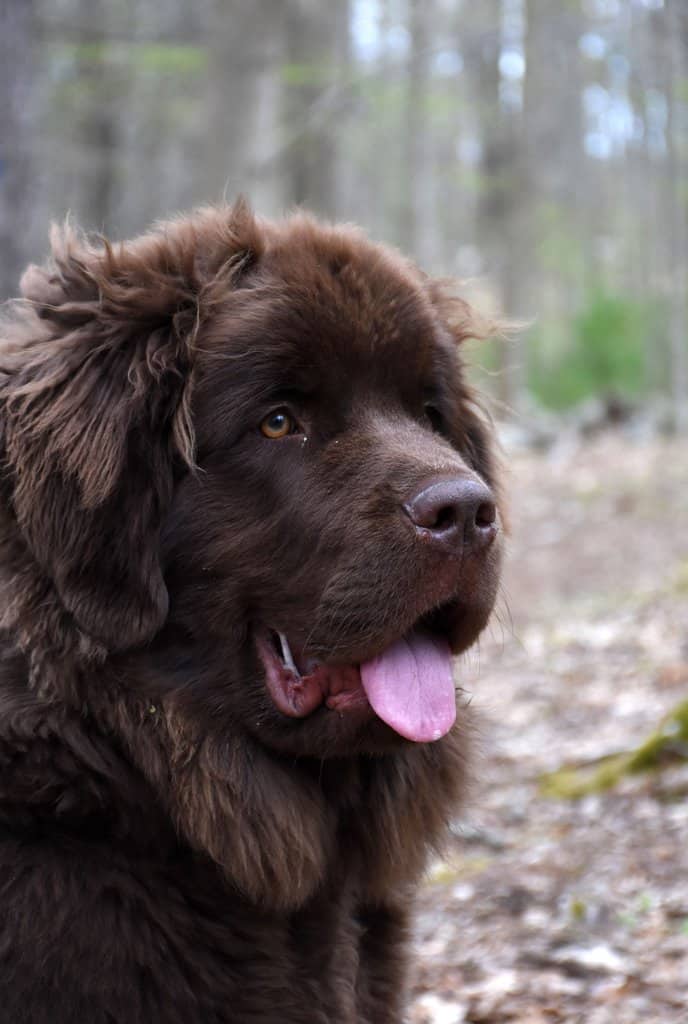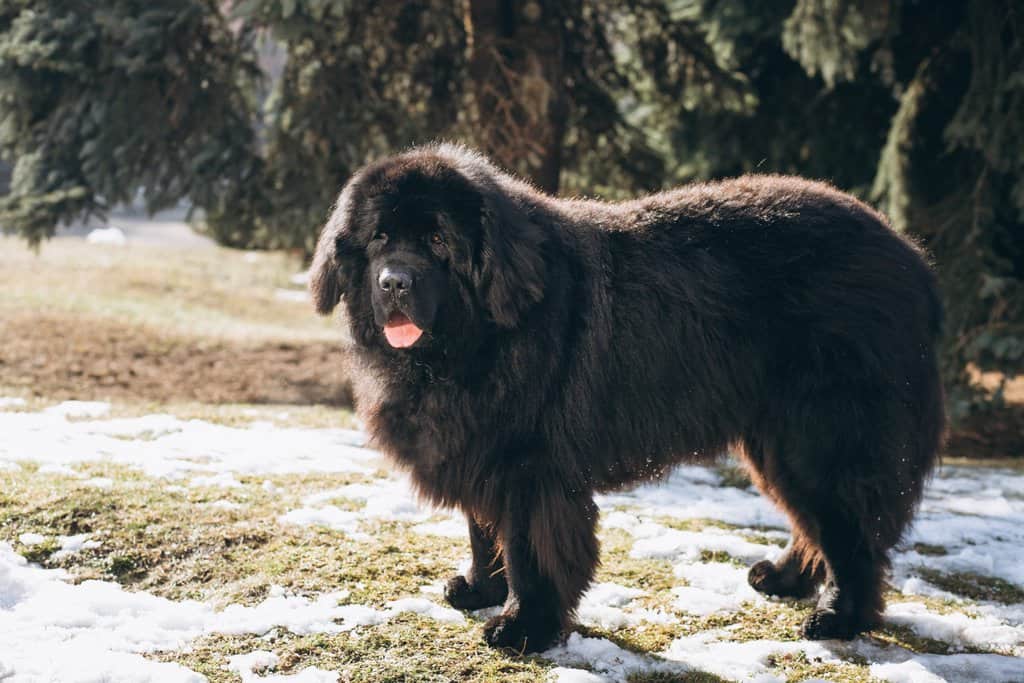Pugs‘ long history spans centuries and covers many continents around the world. Pugs have been the royal companion of choice throughout history, dating back to ancient times, found everywhere from the Far East to the Western world.

Pugs were born in ancient China, where they lived a luxurious life like the king’s pugs.
History of Ancient China
Most historians agree that the origin of the boxer can be traced back to ancient China.
The earliest pug records in history can be traced back to 700 BC, when Chinese emperors raised pugs. During this time, the Chinese imperial family carefully bred small, short-legged dogs into a number of special breeds that were distinguished by the color and length of their fur. As their popularity spread throughout the region, pugs were adopted by monks in Tibet as well.
Pugs were so popular in China at that time that only the imperial family could own them.
Royal Pugs live the luxurious life most people can only dream of. Emperor Lingdu (168-190 AD) gave his pugs only the best food and always kept his palace soldiers ready to protect his pugs. Anyone who tries to steal or harm their dog is punishable by death. Later, Pugs were usually raised in their monasteries by Tibetan workers. They are considered righteous people with the duties of the priests.
Believe it or not, these little dogs were also used as guard dogs to guard Tibetan monasteries. Although small, these dogs are well received by their owners.
Pugs did come a long way from Chinese monasteries and palaces to Modern homes and European courts.
16.-17. Centuries: Pugs in Europe
From the 1500s onwards, the popularity of pugs began to spread throughout Europe.
European traders from Portugal and the Netherlands became so interested in Chinese Pugs that they brought them back to Europe and the dogs were bred by wealthy and established breeders in Europe. These canine-nosed dogs became the darlings of the European courts. There are many famous pugs belonging to the European Crown and still well known to historians today.
One of the famous pugs is Pompey, who is considered to have saved the life of Prince William of Orange (also known as “Silent William”), owner of the Nassau House of Orange and the Dutch founder. It is said that Pompey’s Pug jumped in his face to warn his master of an attempted Spanish massacre and woke him up in time to prevent an attack.
The Pug has been the dog of the House of Orange since this incident in 1572. William and II. They are proud pug owners and their love of pug has passed from the Netherlands to England.
18th Century Pugs: The Artist’s Muse and Royal Friend
Pugs continued to gain international popularity in the 18th century and continue to this day. Pugs have appeared in the paintings of famous painters and have become the common friend of kings and nobles all over Europe.
English painter William Hogarth was known for his love of pugs and had quite a few of them in his life. Pugs are her favorite thing to paint. Hogarth’s 1745 self-portrait even features his beloved boxer friend, Trump. This painting is currently in Tate Britain, London. Pugs were also popular in Spain during this period.
Spanish painter and printmaker Francisco Goya painted in his work. Goya’s 1786 painting Marquesa de Pontejos depicts a cute little boxer running on his subject’s feet.
Pugs were also popular in Italy during this period. In Italy, pugs are often seen in front of private cars, often wearing shirts and pants that match the coach. In 1789, St.
The 18th century writer Hester Lynch Piozzi wrote in her diary: “The little boxer, or Dutch mastiff, has left London, I think, for Padua. I get in every cart with pugs here. Today, these dogs are essential goods and companions for the rich
The popularity of the pug continued in France in the 18th century. Before marrying Napoleon Bonaparte, Empress Josephine had her pug, named Fortune, sent secret messages to her family while she was imprisoned in Les Carmes prison.
Lucky was the only person granted visitation rights while incarcerated. This alone shows how important pugs are to their owners and how much they trust their beloved pugs during this period.
Modern times: 19th century to present
The popularity of this breed grew in the 19th century, in part, due to Queen Victoria’s love of the born. He has had many pug dogs throughout his life, all of which he has bred himself. Queen Victoria’s relationship with dogs led to the establishment of the Kennel Club in 1873.
Pug’s love was spread to many other great royal families. Queen Victoria’s pug was a tawny and apricot breed, but the crazy black pug we know and love today also quickly emerged in Europe.
European pugs of this time were also different from pugs of today in other ways. European pugs of the 18th and 19th centuries generally had longer legs and longer snouts than modern pugs. Sometimes during this time the boxer’s ears are closed.
It wasn’t until the 1860s when a new wave of pugs were imported from China that European pugs with short legs, a flattened pug nose, and a more robust build appeared.
Shortly after the new wave of Chinese pugs appeared in Europe, English aristocrat Mrs. Brassey visited China and brought black pugs to Europe, making fur-colored pugs all the rage in Europe. Finally, in 1895 the practice of ear clipping was made illegal so Pugs can now have trademark ears.
Pugs also came to America in the 19th century, where they became popular pets and guide dogs. Pugs were recognized by the AKC in 1885, and the Pug Club of America was formed in 1931.
They remain beloved pets in American homes and theaters today.
While fawn, apricot and black pug are still the most common colors today, other colors are also available. Spotted fur pugs are rare but can be found in litter boxes from time to time. There are even some breeders who now specialize in pugs with white fur. However, since rare colors are not recognized by the AKC, you can only see pugs in their coat colours.
Black pugs are just as friendly and playful as fawn and apricot breeds.
Pugs: Past, Present and The Future
Pug has a long and interesting history, from their origins as pugs of Chinese royalty to their many appearances throughout European history and their current place as American show dogs and pets. The Pug is still one of the most popular dogs in Europe and America today. Despite having many health problems due to breeding, they are still a favorite of many families and are still a popular choice for dogs. Pugs are likely to continue being popular with dog lovers for the foreseeable future.
Please follow us on Social Media




.jpg)
%20-%20Copy.jpg)
